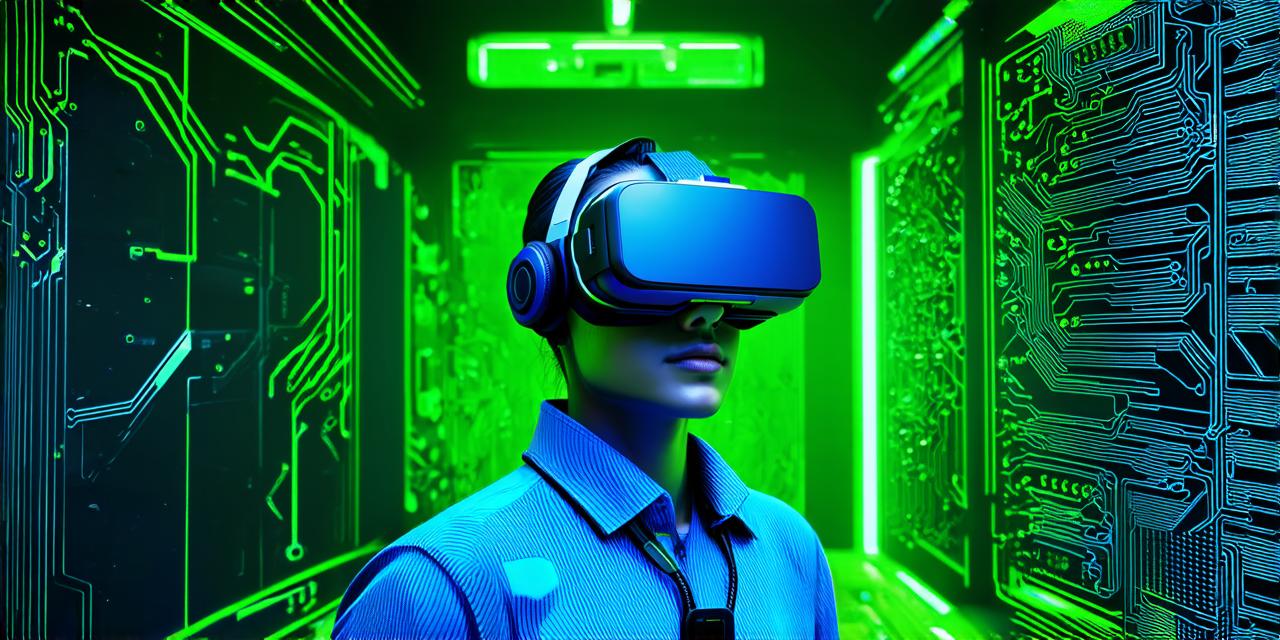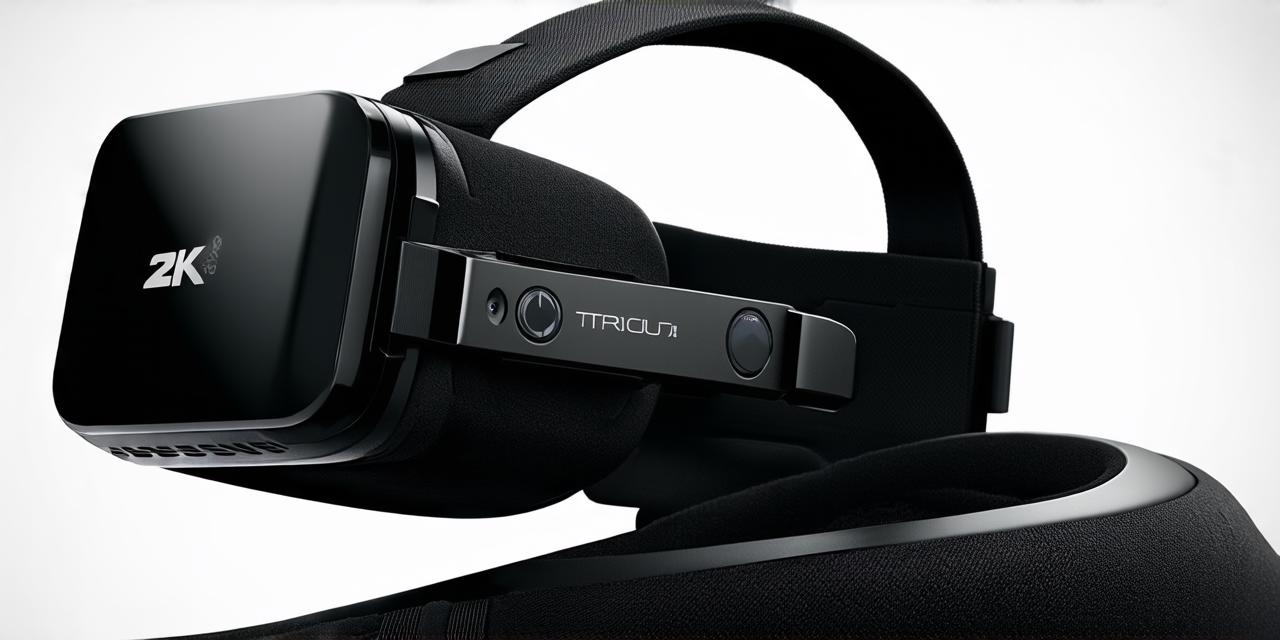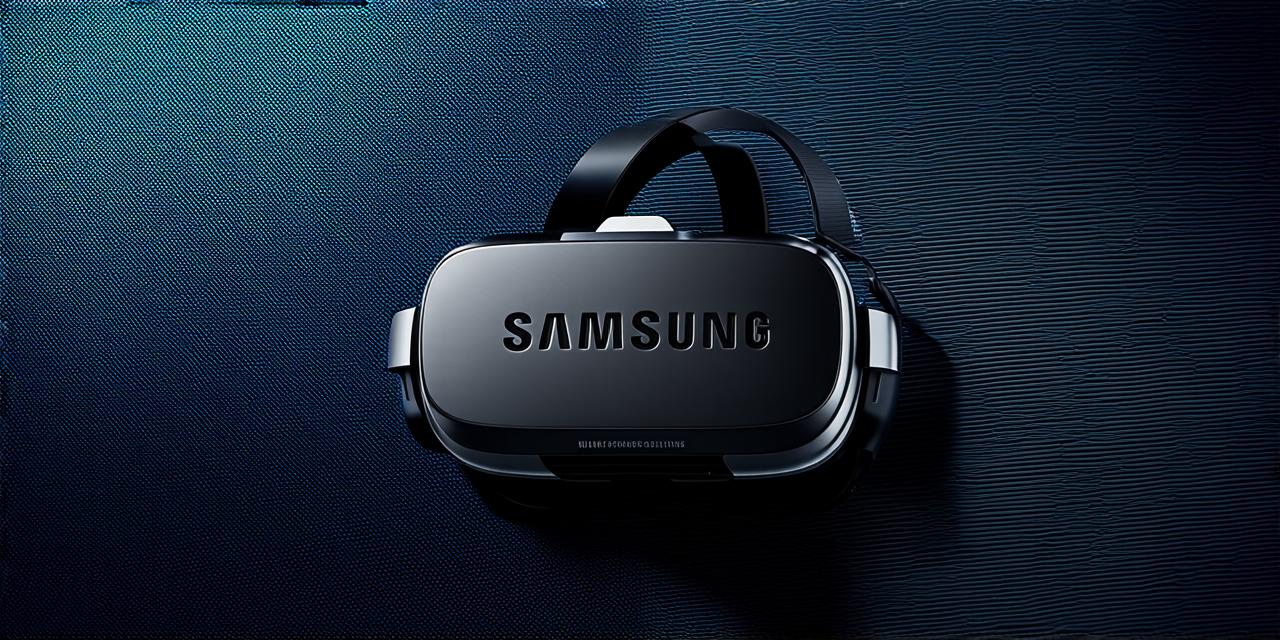Virtual reality (VR) and augmented reality (AR) are two terms that are often used interchangeably, but they actually refer to different types of immersive technologies. In this article, we will explore what distinguishes VR from AR, including their differences in hardware, software, and user experience.
Hardware:
One of the main differences between VR and AR is the hardware that is required to use them. VR typically requires a head-mounted display (HMD) that covers the user’s entire field of vision, as well as sensors that track the user’s movement. This allows for a fully immersive experience, where the user feels like they are in a completely different environment.
On the other hand, AR does not require a HMD, but rather uses a device such as a smartphone or tablet to overlay digital information onto the real world. This can be done using the camera on the device to capture the user’s surroundings and then superimpose digital objects onto those images.
Software:
The software that powers VR and AR is also different. VR typically uses specialized software that is designed to create highly immersive, interactive experiences. This software often involves complex calculations and rendering techniques to create realistic environments and characters.
In contrast, AR software is usually less complex and focuses on integrating digital information into the real world in a seamless and intuitive way. This can involve using computer vision algorithms to track the user’s position and then using that data to overlay digital objects onto the real world.
User Experience:
Finally, the user experience of VR and AR is also quite different. VR typically involves the user being completely immersed in a virtual environment, where they can interact with digital objects and characters in a variety of ways. This can be a highly engaging and immersive experience that can transport the user to another world.

AR, on the other hand, is usually used for more practical purposes, such as providing information about a product or service, or helping people navigate their environment. The user experience of AR is typically less immersive, but it can be highly useful in certain situations.
In conclusion, virtual reality and augmented reality are two different types of immersive technologies that have distinct differences in hardware, software, and user experience. While both VR and AR have the potential to be incredibly powerful tools for enhancing our lives, they are best suited to different types of tasks and use cases.



